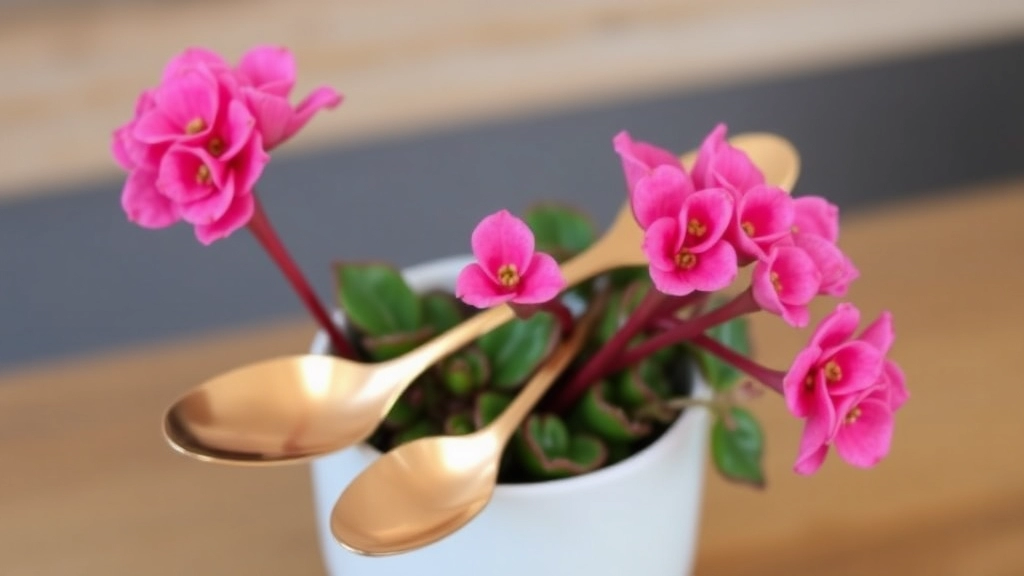Kalanchoe Copper Spoons Care
Lighting
When it comes to Kalanchoe Copper Spoons care, getting the lighting right is crucial. These plants thrive in bright, indirect sunlight. Direct sun can scorch their leaves, so it’s best to place them near a window with filtered light. If you notice the leaves turning brown or crispy, it might be getting too much direct sunlight.
Watering
Watering your Kalanchoe Copper Spoons correctly is another essential aspect of care. These succulents prefer their soil to dry out completely between waterings. Overwatering can lead to root rot, a common issue with these plants. A good rule of thumb is to water them thoroughly and then wait until the soil is dry before watering again. This mimics their natural habitat and helps keep them healthy.
Are you struggling to find the perfect lighting for your Kalanchoe Copper Spoons?
Understanding the lighting needs of this stunning succulent is crucial for its health and vitality.
## Optimal Light Conditions
Kalanchoe Copper Spoons thrive best in bright, indirect sunlight.
Here are some key points to consider:
– **Direct Sunlight**: While they can tolerate some direct sunlight, prolonged exposure can lead to leaf burn. Aim for early morning or late afternoon sun if you choose this option.
– **Indirect Light**: A south or west-facing window is ideal, as it provides ample light without the harsh effects of midday sun.
– **Artificial Light**: If natural light is limited, consider using grow lights. Position them about 12-18 inches above the plant for around 12-14 hours a day.
– **Signs of Insufficient Light**: If you notice leggy growth or faded leaf colour, your Kalanchoe may need more light.
## Adjusting Light Exposure
Seasonal changes can affect light availability, so be prepared to adjust your plant’s location throughout the year.
– **Summer**: Move your plant slightly away from direct sunlight to prevent scorching.
– **Winter**: Bring it closer to the window as natural light diminishes.
By providing the right lighting, you’ll set the foundation for a thriving Kalanchoe Copper Spoons. For more detailed care tips, you might find our [Kalanchoe Panda Plant Care Guide](https://planthq.org/how-to-care-for-your-kalanchoe-panda-plant-a-complete-guide/) useful. Additionally, if you’re dealing with flowering issues, our article on [Why Your Kalanchoe Is Not Flowering](https://planthq.org/why-your-kalanchoe-is-not-flowering-causes-and-solutions/) offers valuable insights.
Watering Frequency and Techniques
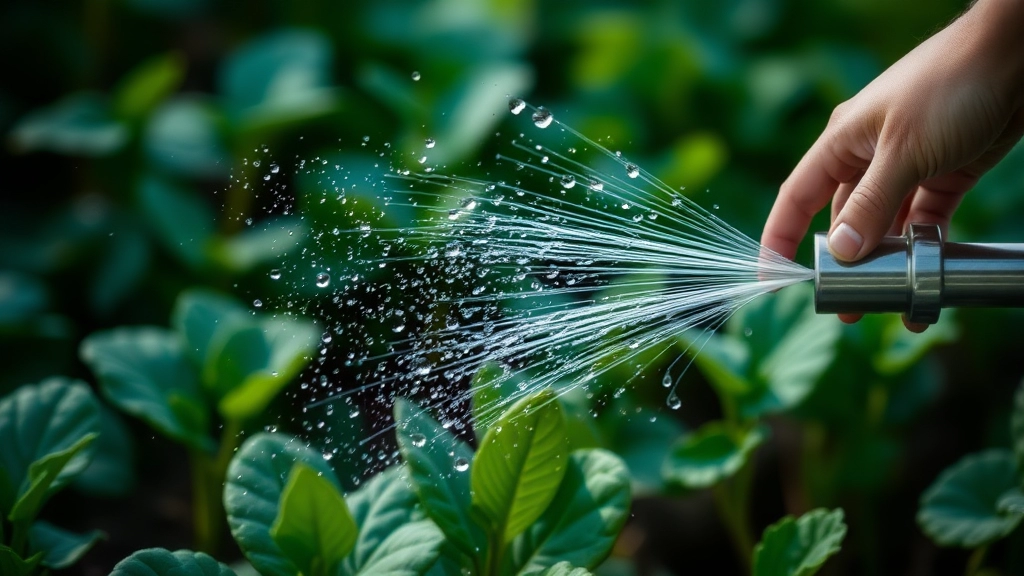
So, you’ve got your Kalanchoe Copper Spoons and you’re wondering how often to water them, right?
Watering Frequency:
- Check the Soil: The key is to let the soil dry out between waterings. Stick your finger about an inch into the soil. If it feels dry, it’s time to water.
- General Rule: Typically, watering every 2-3 weeks is a good starting point. But remember, it varies with the season. In summer, they might need more frequent watering, while in winter, you can cut back.
- Signs of Thirst: If the leaves start to look wrinkled or shriveled, it’s a sign they need a drink.
Watering Techniques:
- Water Deeply: When you do water, soak the soil thoroughly until water drains out of the bottom. This encourages deep root growth.
- Avoid Overhead Watering: Try to water at the base of the plant. This prevents excess moisture on the leaves, which can lead to rot.
- Use Room Temperature Water: Cold water can shock the plant. Room temperature is the way to go.
- Consider the Container: If your Copper Spoons are in a pot with drainage holes, excess water will escape, which is great. If they’re in a pot without drainage, be extra cautious not to overwater.
Choosing the Right Soil for Optimal Growth
When it comes to nurturing your Kalanchoe Copper Spoons, selecting the right soil is crucial for their overall health and vitality. You might be wondering, “What type of soil will help my plant thrive?”
Ideal Soil Composition
Kalanchoe Copper Spoons prefer a well-draining soil mix to prevent water retention that can lead to root rot. Here’s what to consider:
- Cactus or Succulent Mix: These pre-made mixes provide excellent drainage and aeration.
- Perlite or Pumice: Adding these ingredients can enhance drainage and prevent compaction.
- Organic Matter: Incorporating a small amount of compost can provide essential nutrients.
Soil pH Level
The ideal pH level for Kalanchoe Copper Spoons is between 6.0 and 7.0. A slightly acidic to neutral pH promotes nutrient availability. Testing your soil’s pH can be easily done with a soil test kit.
Tips for Potting
When potting your Kalanchoe Copper Spoons, keep these tips in mind:
- Choose a Pot with Drainage Holes: This allows excess water to escape, reducing the risk of root rot.
- Layering: Consider adding a layer of gravel at the bottom of the pot to further improve drainage.
- Avoid Overpacking: When filling the pot, leave some space at the top to prevent soil from spilling out when watering.
By using the right soil, you set a solid foundation for your Kalanchoe Copper Spoons to flourish. For more detailed care instructions, check out our complete guide to Kalanchoe Paddle Plant care. Additionally, if you’re considering expanding your collection, explore the best varieties and prices for Kalanchoe succulents.
Temperature and Humidity Requirements
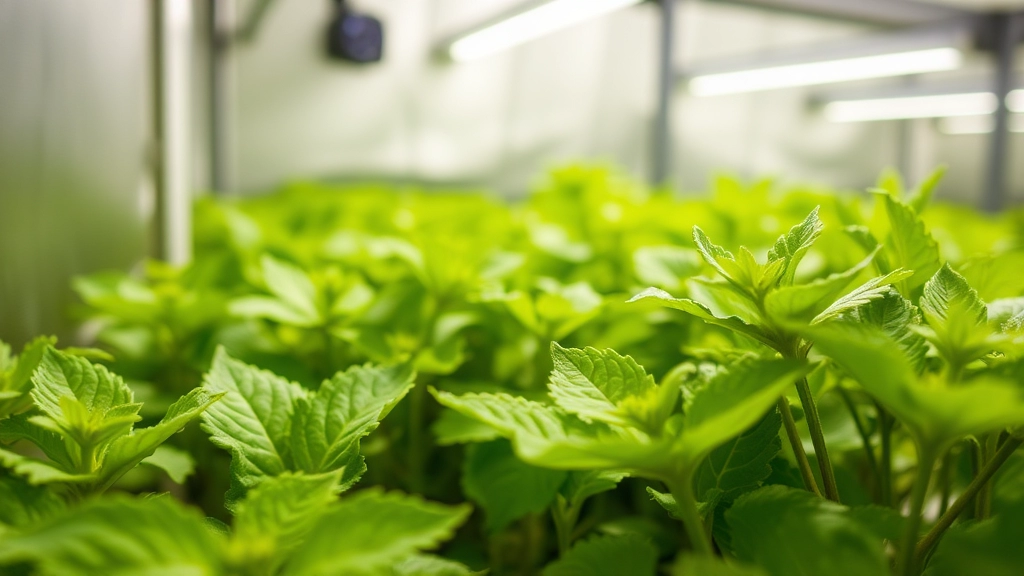
When it comes to caring for Kalanchoe Copper Spoons, understanding temperature and humidity needs is essential. You might wonder, “What’s the ideal temperature for my plant?” or “How much humidity does it require?”
Ideal Temperature Range
Kalanchoe Copper Spoons thrive in a temperature range of 18°C to 24°C (65°F to 75°F).
- Avoid Extreme Cold: Temperatures below 10°C (50°F) can severely affect growth.
- Heat Sensitivity: While they enjoy warmth, avoid placing them in spots where temperatures exceed 30°C (86°F) for prolonged periods.
Humidity Levels
These plants are native to arid environments, so they prefer low humidity levels.
- Optimal Humidity: Aim for 30% to 50% humidity.
- Avoid High Humidity: Excess moisture can lead to fungal issues and root rot.
Practical Tips
- Indoor Placement: Keep them in well-ventilated areas. A south-facing window is often ideal.
- Monitoring Conditions: Use a hygrometer to keep track of humidity levels in your home.
- Adjusting Humidity: If your home is too humid, consider using a dehumidifier or placing the plant in a drier room.
Preventing Root Rot and Other Water-Related Issues
Have you ever noticed your Kalanchoe Copper Spoons wilting or developing yellow leaves? These could be signs of root rot, a common issue that arises from overwatering. Understanding how to prevent root rot is essential for maintaining the health of your plant.
Key Signs of Root Rot
- Yellowing Leaves: A clear indicator that something is wrong.
- Wilting: Even when the soil is moist, your plant may droop.
- Foul Smell: An unpleasant odour from the soil suggests decay.
Tips for Prevention
- Choose Well-Draining Soil:
- Use a cactus or succulent mix that allows excess water to escape. For more detailed tips, check out our ultimate guide to growing and caring for succulent plant Kalanchoe.
- Pot with Drainage Holes:
- Always select pots that have drainage holes to prevent water accumulation. Discover more about best tips and techniques for pruning Kalanchoe plants.
- Watering Schedule:
- Allow the soil to dry out completely between waterings.
- Check the top inch of soil; if it feels dry, it’s time to water.
- Humidity Control:
- Kalanchoe Copper Spoons thrive in low humidity.
- Avoid placing them in overly humid environments.
- Seasonal Adjustments:
- Water less frequently during the winter months when the plant is dormant.
Additional Considerations
- Repotting: If you notice persistent issues, consider repotting your plant in fresh soil.
- Root Inspection: Occasionally check the roots when repotting. Healthy roots should be white and firm, while rotten roots appear brown and mushy.
Seasonal Care: Preparing for Winter
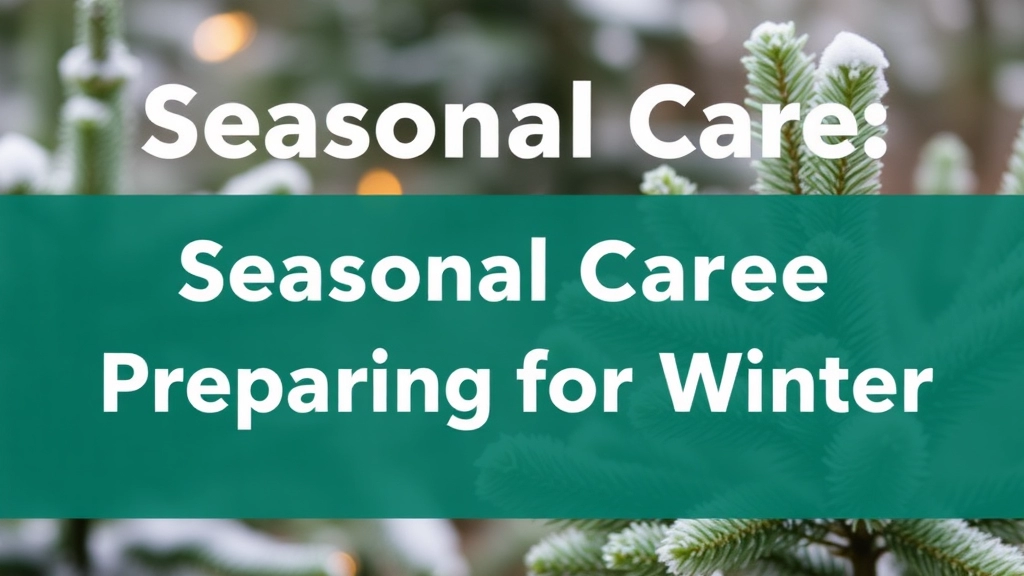
As the days grow shorter and temperatures drop, you might be wondering how to keep your Kalanchoe Copper Spoons thriving through the winter months.
Winter Care Essentials
- Light Needs
- Place your plant in a bright spot, ideally near a south-facing window.
- Supplement with grow lights if natural light is limited.
- Watering Adjustments
- Cut back on watering; the plant needs less moisture in winter.
- Always check the soil; it should dry out completely before the next watering.
- Temperature Awareness
- Keep your Kalanchoe in a room that stays between 15°C to 21°C.
- Avoid cold drafts from windows or doors.
- Humidity Control
- Kalanchoes prefer dry air, so no need for humidifiers.
- Just ensure the room isn’t too damp.
- Fertilization Pause
- Hold off on fertilizing during winter.
- Resume feeding in spring when growth picks up again.
Signs of Stress
Watch for signs like wilting or leaf drop. These could indicate your plant is unhappy with the winter conditions.
Effective Propagation Methods
When considering how to propagate Kalanchoe Copper Spoons, many enthusiasts wonder about the best techniques to ensure success.
1. Leaf Cuttings
One of the simplest methods is using leaf cuttings. Here’s how to do it effectively:
- Select a healthy leaf from the parent plant.
- Use a sharp, clean knife to cut the leaf at the base.
- Allow the cut end to dry for a few hours or overnight to form a callus.
- Place the callused end in well-draining soil, ensuring it’s secure.
- Water lightly and keep the soil moist but not soggy.
2. Stem Cuttings
If you prefer stem cuttings, follow these steps:
- Choose a healthy stem with several leaves.
- Cut a section about 4-6 inches long, ensuring it has at least two leaves.
- Remove the lower leaves to expose the stem.
- Let it dry for a day to form a callus.
- Plant it in well-draining soil and water lightly.
3. Offsets
Kalanchoe Copper Spoons may produce offsets, which can also be propagated:
- Gently remove the offset from the parent plant.
- Ensure it has roots attached.
- Plant it in its own pot with suitable soil and water lightly.
4. Timing
The best time to propagate is during the growing season, typically in spring or early summer. This ensures the plant has ample energy for root development.
5. Environment
Keep the new plants in a warm, bright location but out of direct sunlight until they establish roots. This helps prevent stress and encourages healthy growth.
Fertilization Strategies for Healthy Growth
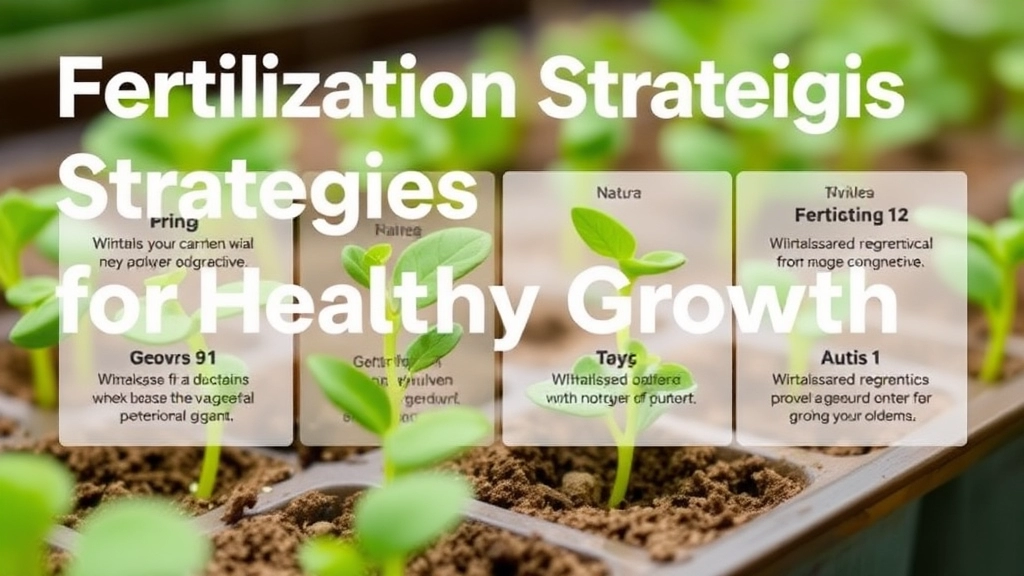
So, you’re all set with your Kalanchoe Copper Spoons care routine, but what about fertilisation? This is where many plant parents get a bit lost.
Why Fertilisation Matters
Fertilisation is key to keeping your Kalanchoe thriving. It helps provide essential nutrients that may not be present in your potting mix.
When to Fertilise
- Growing Season: The best time to fertilise is during the spring and summer when your plant is actively growing.
- Frequency: Aim for every 4-6 weeks. A little goes a long way!
What to Use
- Balanced Fertiliser: Look for a balanced fertiliser, like a 10-10-10 or 20-20-20 NPK mix.
- Dilution: Always dilute the fertiliser to half the recommended strength. Too much can burn those lovely leaves!
Application Tips
- Watering First: Water your plant a day before fertilising. This helps prevent root burn.
- Even Distribution: Apply the fertiliser evenly around the base of the plant, avoiding direct contact with the leaves.
Signs Your Plant Needs Fertiliser
- Pale Leaves: If the leaves start to look a bit washed out, that’s a sign.
- Slow Growth: If your plant isn’t growing as it should, it might be time to feed it.
Organic Options
- Compost Tea: If you prefer a natural route, compost tea is a fantastic option. It’s rich in nutrients and easy to make.
- Worm Castings: These are another great organic choice. Just mix them into the soil!
As we delve deeper into caring for Kalanchoe Copper Spoons, it’s essential to address a common concern: pests and diseases.
### Common Pests
Kalanchoe Copper Spoons can attract various pests that may hinder their growth. Here are the most common culprits:
– **Mealybugs**: These small, white, cotton-like insects often hide in the leaf axils. They suck the sap, leading to stunted growth.
– **Aphids**: Tiny, green or black insects that cluster on new growth. They can cause leaf curling and yellowing.
– **Spider Mites**: These microscopic pests thrive in dry conditions, often leaving fine webbing on leaves.
### Signs of Infestation
Recognising the signs of pest infestations early can save your plant:
– Yellowing leaves
– Sticky residue on leaves (honeydew)
– Visible insects or webs
### Disease Awareness
Kalanchoe Copper Spoons can also be susceptible to diseases, primarily due to poor care. Key diseases to watch out for include:
– **Powdery Mildew**: A white, powdery substance on leaves indicating high humidity and poor air circulation.
– **Leaf Spot**: Brown or black spots on leaves, often caused by fungal infections.
### Prevention Strategies
To keep pests and diseases at bay, consider these preventive measures:
– **Regular Inspections**: Check your plants weekly for any unusual signs.
– **Good Air Circulation**: Ensure your plants are spaced adequately to improve airflow.
– **Proper Watering**: Avoid overwatering, which can lead to root rot and attract pests.
### Treatment Options
If you do encounter pests or diseases, here are some effective treatments:
– **Insecticidal Soap**: A gentle yet effective solution for mealybugs and aphids.
– **Neem Oil**: A natural pesticide that can tackle various pests while being safe for the plant.
– **Removing Affected Leaves**: For diseases, pruning away affected areas can help stop the spread.
By staying vigilant and taking proactive steps, you can ensure your Kalanchoe Copper Spoons remain healthy and vibrant. For more detailed care tips, you might find the [complete care guide for Kalanchoe Daigremontiana](https://planthq.org/complete-care-guide-for-kalanchoe-daigremontiana-pink-butterflies/) helpful. Additionally, understanding the [causes and solutions for non-flowering Kalanchoe](https://planthq.org/why-your-kalanchoe-is-not-flowering-causes-and-solutions/) can be beneficial.
Pruning and Repotting Tips for Kalanchoe Copper Spoons
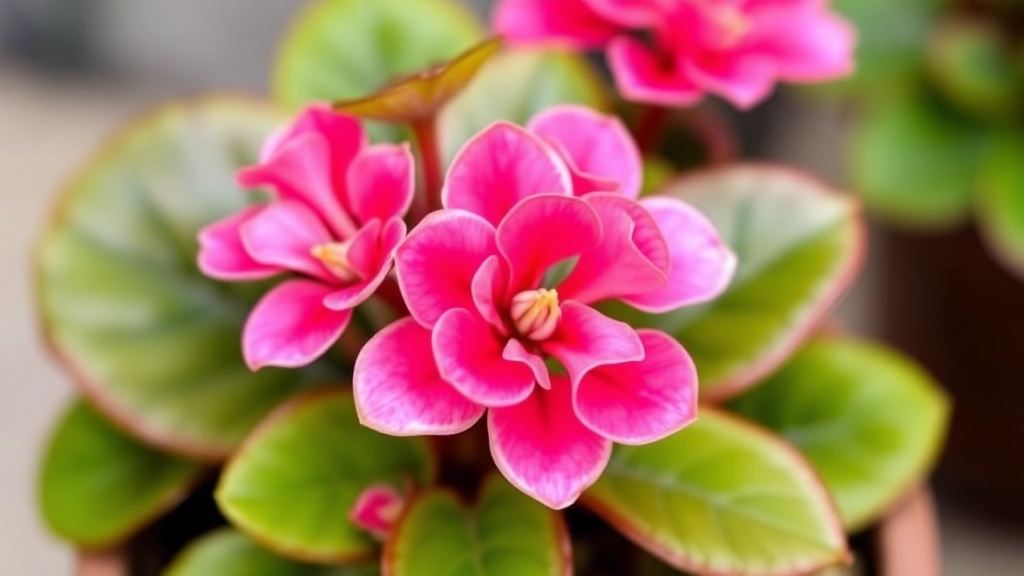
So, you’ve got your Kalanchoe Copper Spoons thriving, but now you’re wondering about pruning and repotting, right?
Why Prune?
Pruning is essential for keeping your plant healthy and looking its best. It helps in:
- Encouraging Growth: Snipping off dead or wilted leaves can boost new growth.
- Shaping the Plant: A good trim can help maintain a tidy shape.
- Preventing Disease: Removing any diseased leaves keeps your plant healthy.
When to Prune?
- Spring: The best time to prune is just before the growing season.
- After Flowering: Once the blooms fade, it’s a good idea to tidy up.
Pruning Steps:
- Gather your tools: Sharp, clean scissors or pruning shears.
- Inspect your plant: Look for dead, damaged, or overgrown areas.
- Make clean cuts: Cut just above a leaf node to encourage new growth.
- Dispose of debris: Remove any cuttings to prevent disease.
Repotting Basics
Now, let’s chat about repotting. It’s a crucial step for your Kalanchoe’s health.
Signs Your Plant Needs Repotting:
- Roots are coming out of the drainage holes: This means it’s time for a bigger home.
- Soil dries out too quickly: It could be compacted and needs fresh soil.
- Stunted growth: If your plant isn’t growing, it may be root-bound.
Repotting Steps:
- Choose the right pot: Go for one that’s 1-2 inches larger in diameter.
- Use fresh soil: A well-draining cactus mix works wonders.
- Gently remove the plant: Loosen the roots carefully to avoid damage.
- Place in new pot: Fill in around the roots with fresh soil.
- Water lightly: Don’t soak it; just enough to settle the soil.
How to Handle Sunburn and Leaf Discoloration
Have you ever noticed your Kalanchoe Copper Spoons developing unsightly brown patches or crispy edges?
Sunburn and leaf discoloration are common issues that can affect the health of your plant.
Long-Term Maintenance for Kalanchoe Copper Spoons
So, you’ve got your Kalanchoe Copper Spoons thriving, but how do you keep that momentum going for the long haul?
Regular Check-Ins
First off, it’s all about routine. I like to check my plants every week or so. Here’s what I look for:
- Leaf Health: Are they vibrant and plump?
- Soil Moisture: Is it too dry or too soggy?
- Pest Activity: Any little critters lurking around?
Keeping an eye on these factors can help you catch any issues before they escalate.
Repotting When Necessary
Every couple of years, consider repotting. Kalanchoe Copper Spoons can outgrow their pots. Signs it’s time to repot:
- Roots are coming out of the drainage holes.
- Growth has slowed down significantly.
- Soil looks depleted or compacted.
When you do repot, use fresh, well-draining soil to give your plant a boost.
Seasonal Adjustments
As seasons change, so should your care routine.
- Spring and Summer: This is the active growth phase. Increase watering slightly and consider fertilising every month.
- Autumn and Winter: Cut back on watering. These plants prefer to dry out more during the colder months.
Fertilisation Strategy
Speaking of fertilising, I usually opt for a balanced, water-soluble fertiliser. Here’s my go-to schedule:
- Spring: Start with a diluted mix every 4-6 weeks.
- Summer: Maintain the same frequency.
- Autumn: Reduce to every 8 weeks.
- Winter: Skip it altogether; your plant won’t need the extra nutrients.
Troubleshooting Common Issues
Even with great care, you might encounter some hiccups. Here are a few common problems:
- Leaf Drop: This could mean overwatering or underwatering. Adjust your watering routine accordingly.
- Discolouration: Yellow leaves? It might be a sign of nutrient deficiency or too much direct sunlight.
For more detailed tips on keeping your Kalanchoe healthy, check out our complete guide and learn about common issues you might face.
FAQs on Kalanchoe Copper Spoons Care
How often should I water my Kalanchoe Copper Spoons?
Watering every 2-3 weeks is a good starting point, but always check the soil first. It should be dry about an inch deep before you water again. Seasonal changes also affect watering frequency.
What is the ideal temperature range for Kalanchoe Copper Spoons?
These plants thrive in temperatures between 18°C to 24°C (65°F to 75°F). Avoid temperatures below 10°C (50°F) and above 30°C (86°F).
How much humidity do Kalanchoe Copper Spoons need?
They prefer low humidity levels, ideally between 30% to 50%. Excess moisture can lead to fungal issues and root rot.
How should I adjust care for Kalanchoe Copper Spoons in winter?
During winter, place the plant in a bright spot, reduce watering, maintain temperatures between 15°C to 21°C, and avoid humid conditions. Hold off on fertilizing until spring.
When and how should I fertilize my Kalanchoe Copper Spoons?
Fertilize during the spring and summer growing seasons every 4-6 weeks using a balanced fertilizer like a 10-10-10 or 20-20-20 NPK mix, diluted to half strength.
What are the signs that my Kalanchoe Copper Spoons need fertilizing?
Look for pale leaves and slow growth as indicators that your plant might need additional nutrients.
How do I prune my Kalanchoe Copper Spoons?
Prune in the spring or after flowering. Use sharp, clean scissors or pruning shears to remove dead, damaged, or overgrown areas. Cut just above a leaf node to encourage new growth.
When should I repot my Kalanchoe Copper Spoons?
Repot when roots start coming out of the drainage holes, the soil dries out too quickly, or the plant shows stunted growth. Choose a pot 1-2 inches larger in diameter and use fresh, well-draining cactus mix.
What are the steps for repotting Kalanchoe Copper Spoons?
Choose the right pot, use fresh soil, gently remove the plant and loosen the roots, place it in the new pot, fill in with soil, and water lightly.
References
-
Growing Kalanchoe Copper Spoons: The Spruce
-
Kalanchoe Copper Spoons Care: Gardening Know How
-
Kalanchoe Copper Spoons Care Guide: Houseplant Central
